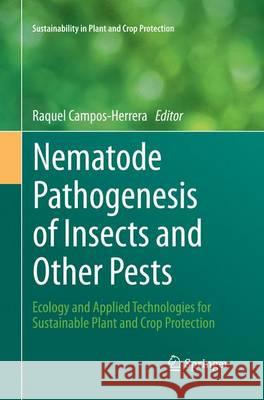Nematode Pathogenesis of Insects and Other Pests: Ecology and Applied Technologies for Sustainable Plant and Crop Protection » książka
topmenu
Nematode Pathogenesis of Insects and Other Pests: Ecology and Applied Technologies for Sustainable Plant and Crop Protection
ISBN-13: 9783319371788 / Angielski / Miękka / 2016 / 531 str.
Nematode Pathogenesis of Insects and Other Pests: Ecology and Applied Technologies for Sustainable Plant and Crop Protection
ISBN-13: 9783319371788 / Angielski / Miękka / 2016 / 531 str.
cena 781,79 zł
(netto: 744,56 VAT: 5%)
Najniższa cena z 30 dni: 771,08 zł
(netto: 744,56 VAT: 5%)
Najniższa cena z 30 dni: 771,08 zł
Termin realizacji zamówienia:
ok. 20 dni roboczych.
ok. 20 dni roboczych.
Darmowa dostawa!
Kategorie:
Kategorie BISAC:
Wydawca:
Springer
Seria wydawnicza:
Język:
Angielski
ISBN-13:
9783319371788
Rok wydania:
2016
Wydanie:
Softcover Repri
Ilość stron:
531
Oprawa:
Miękka
Wolumenów:
01











